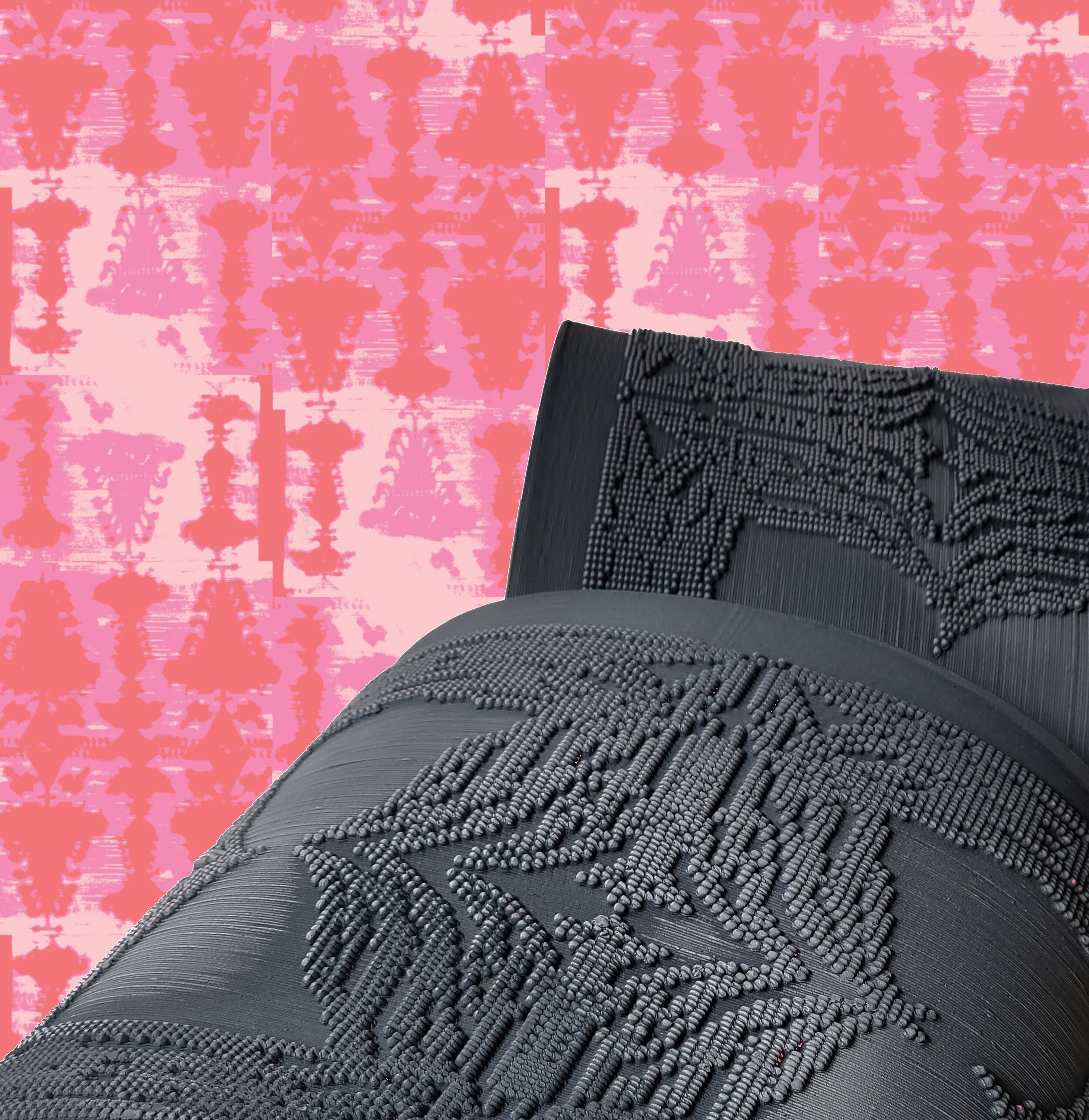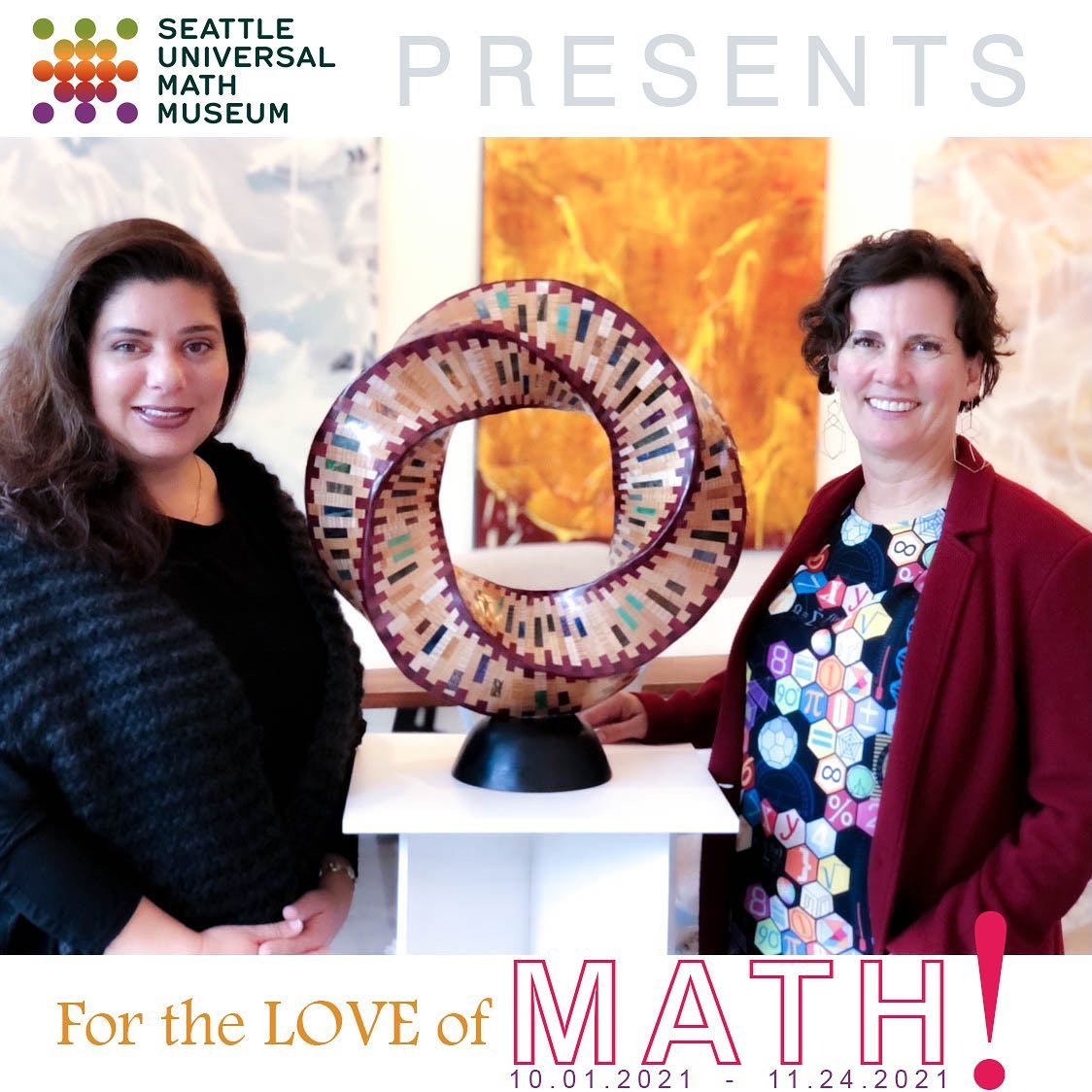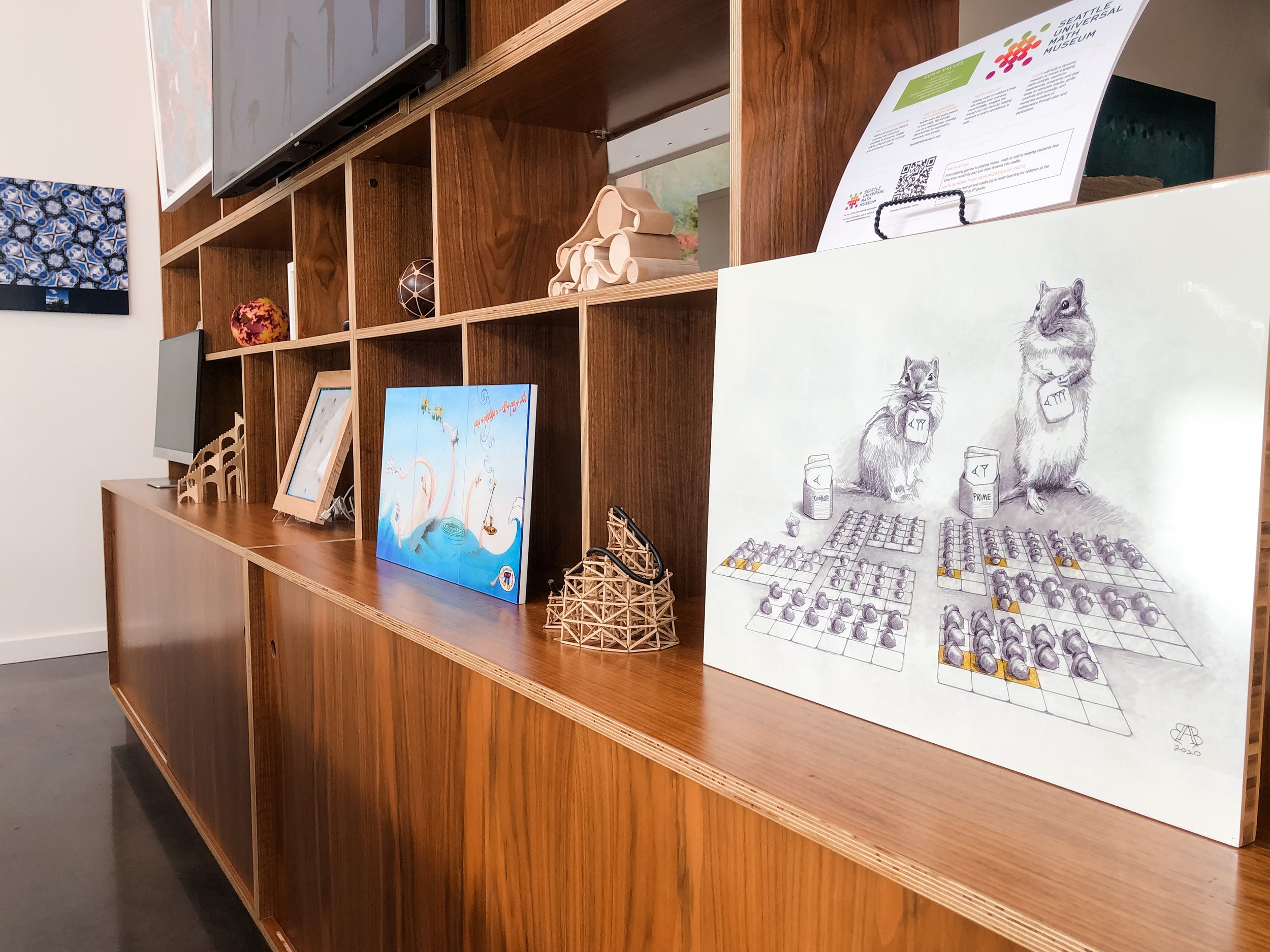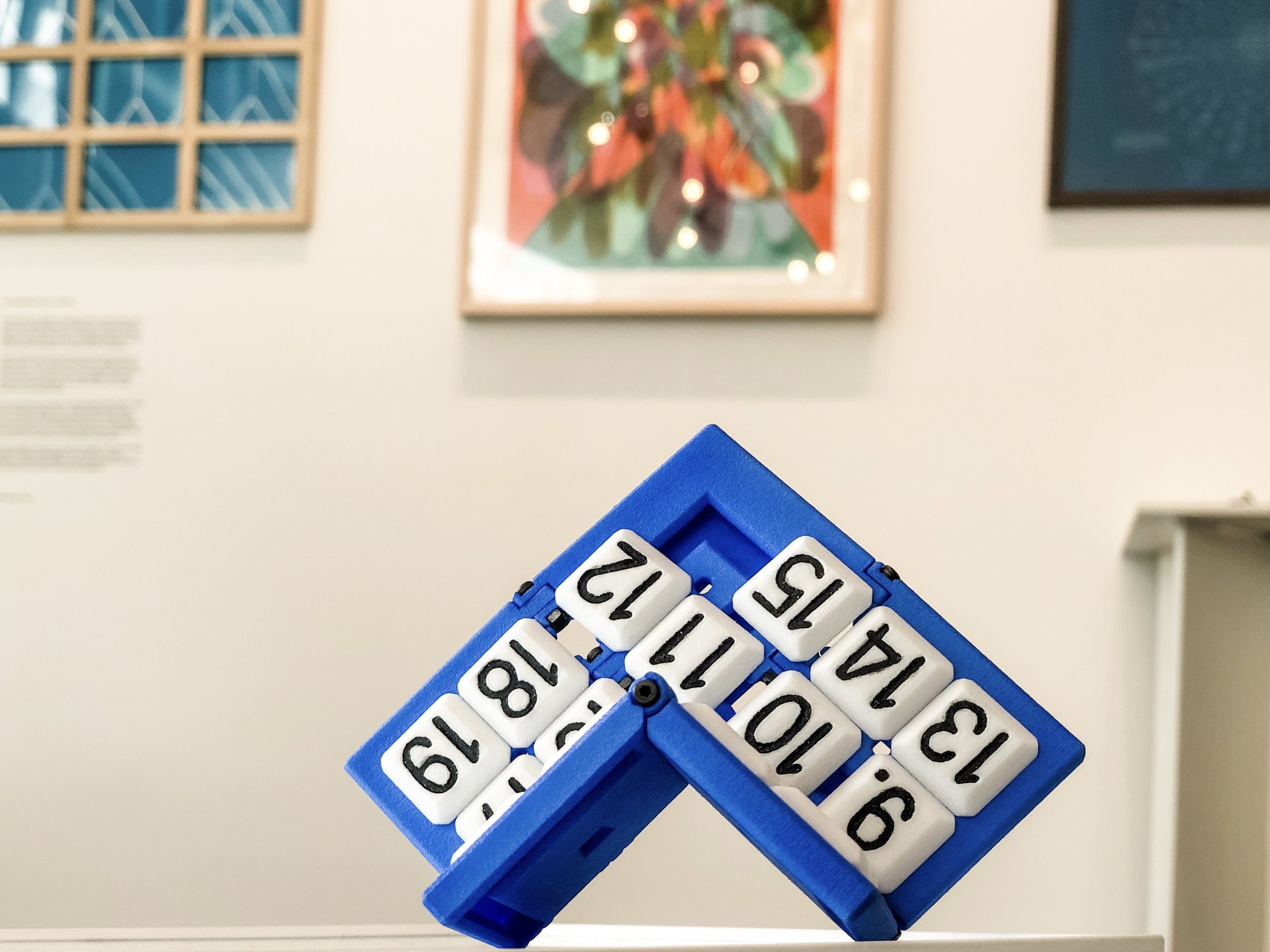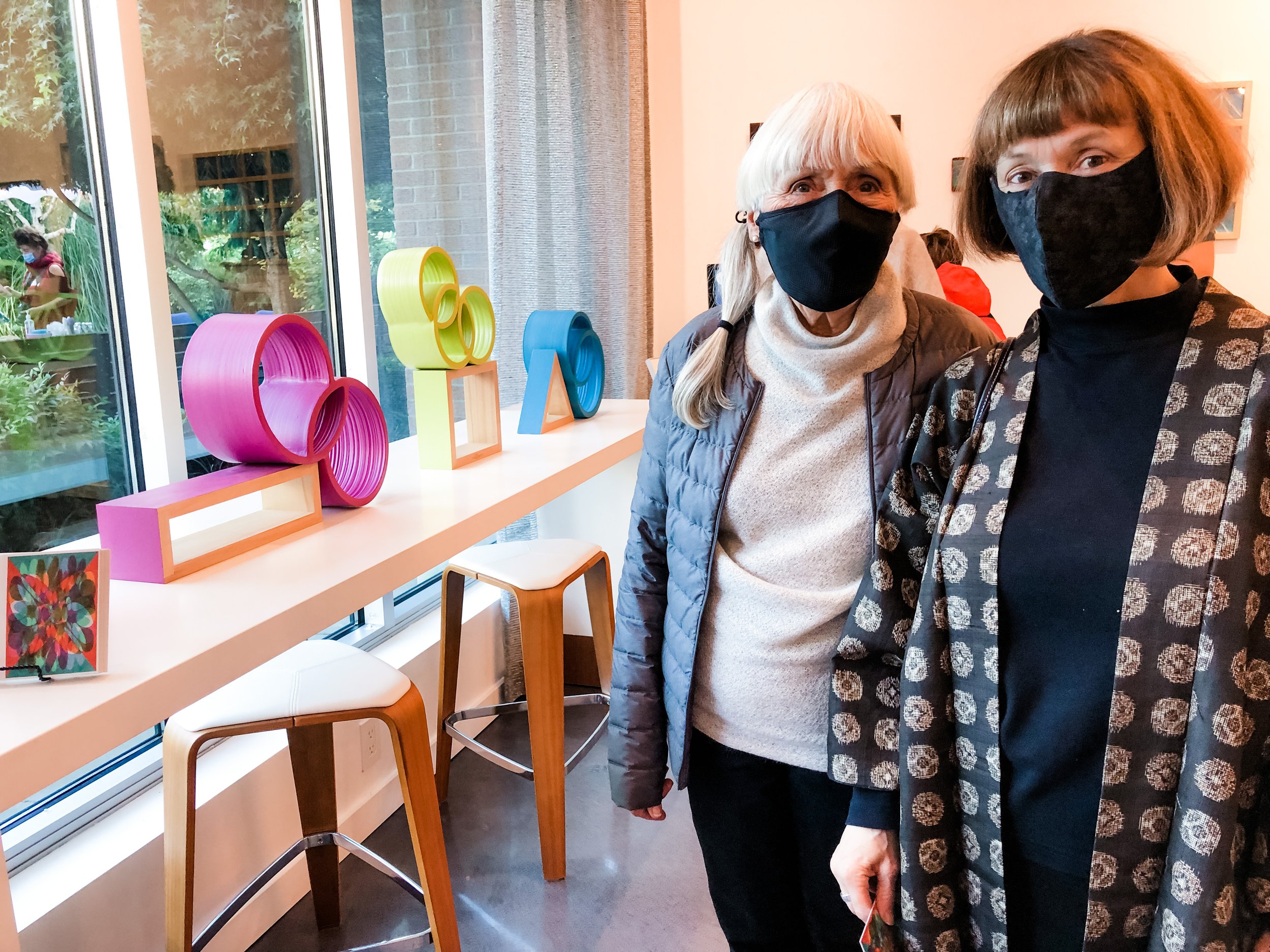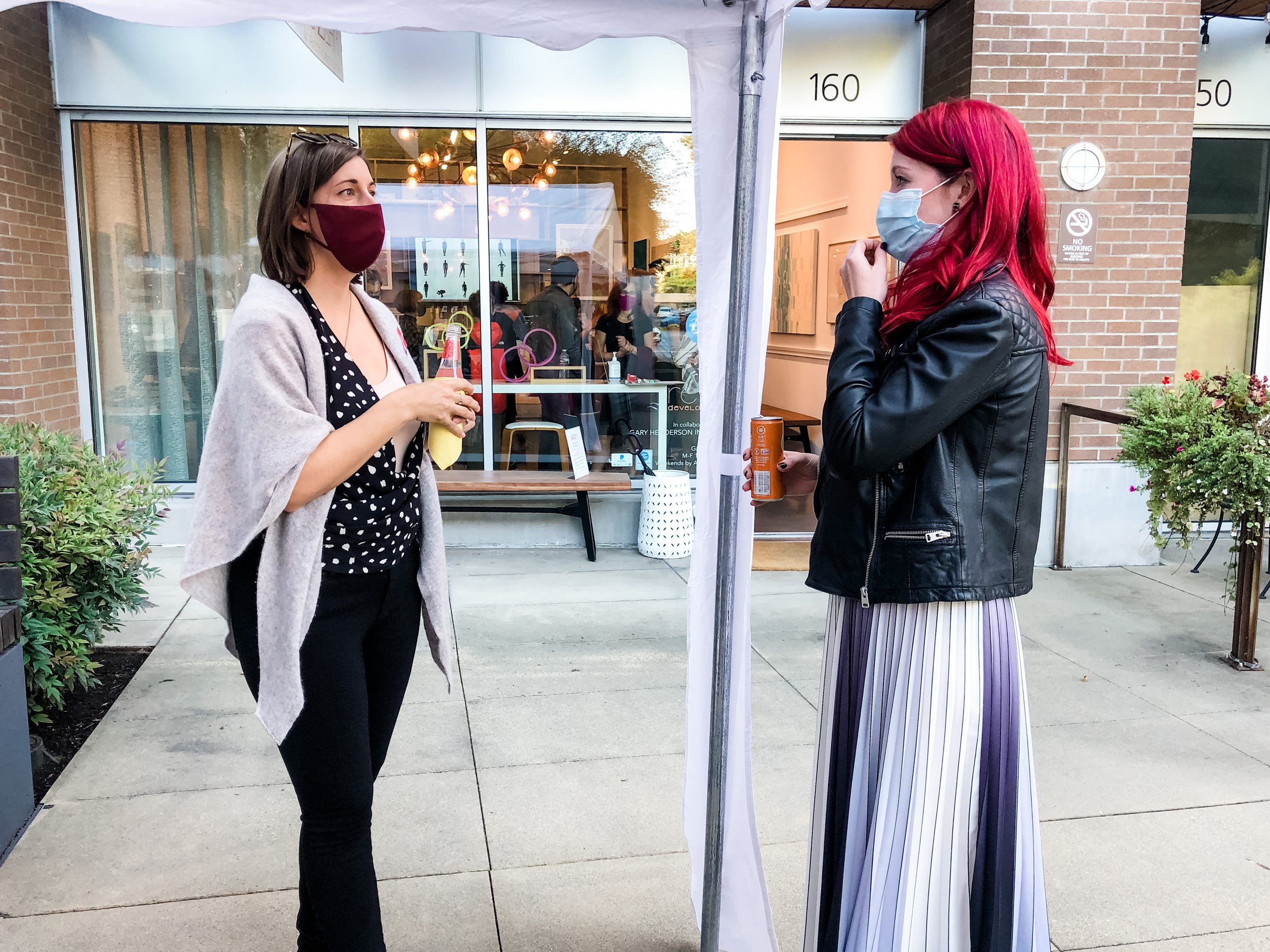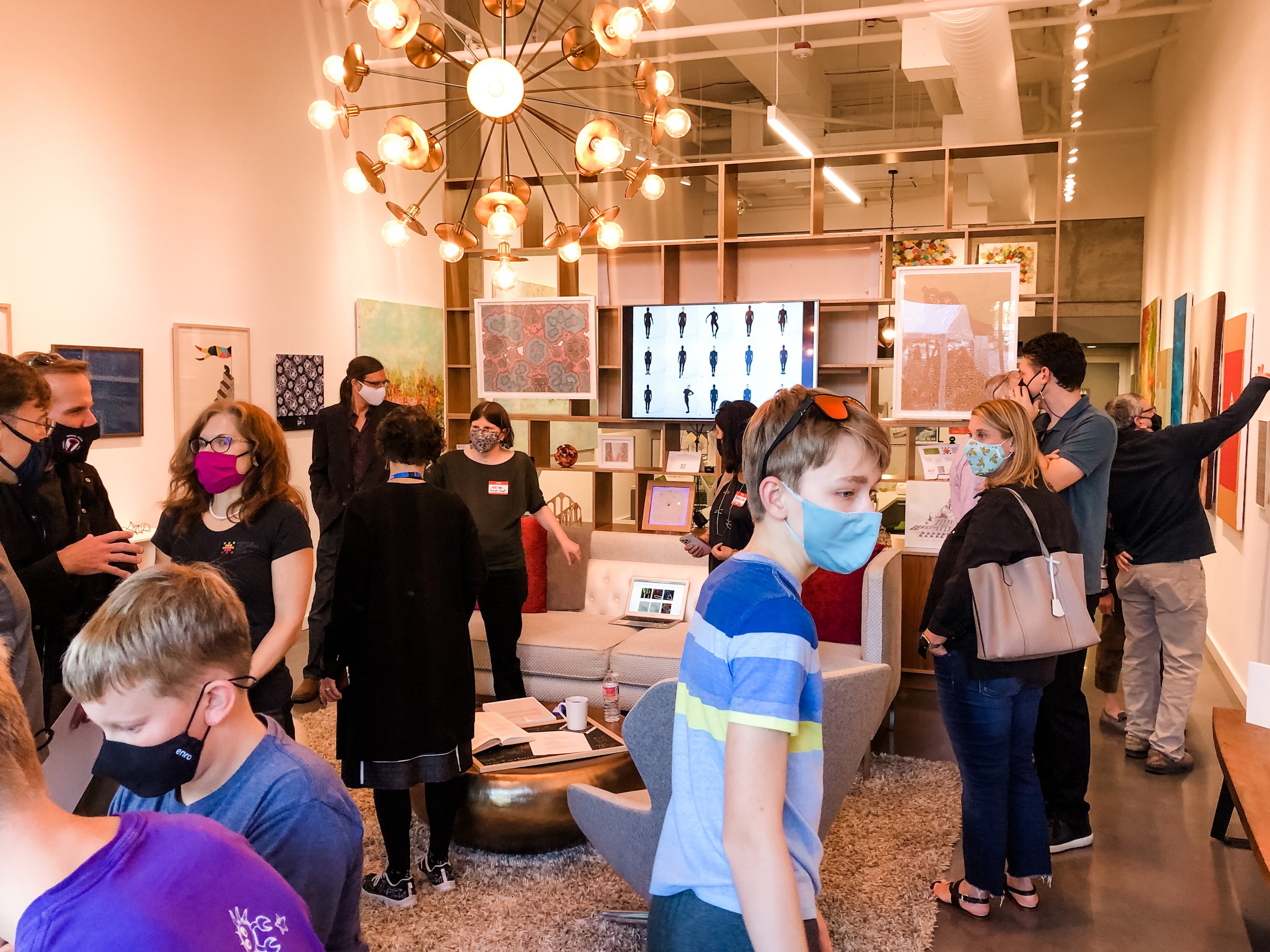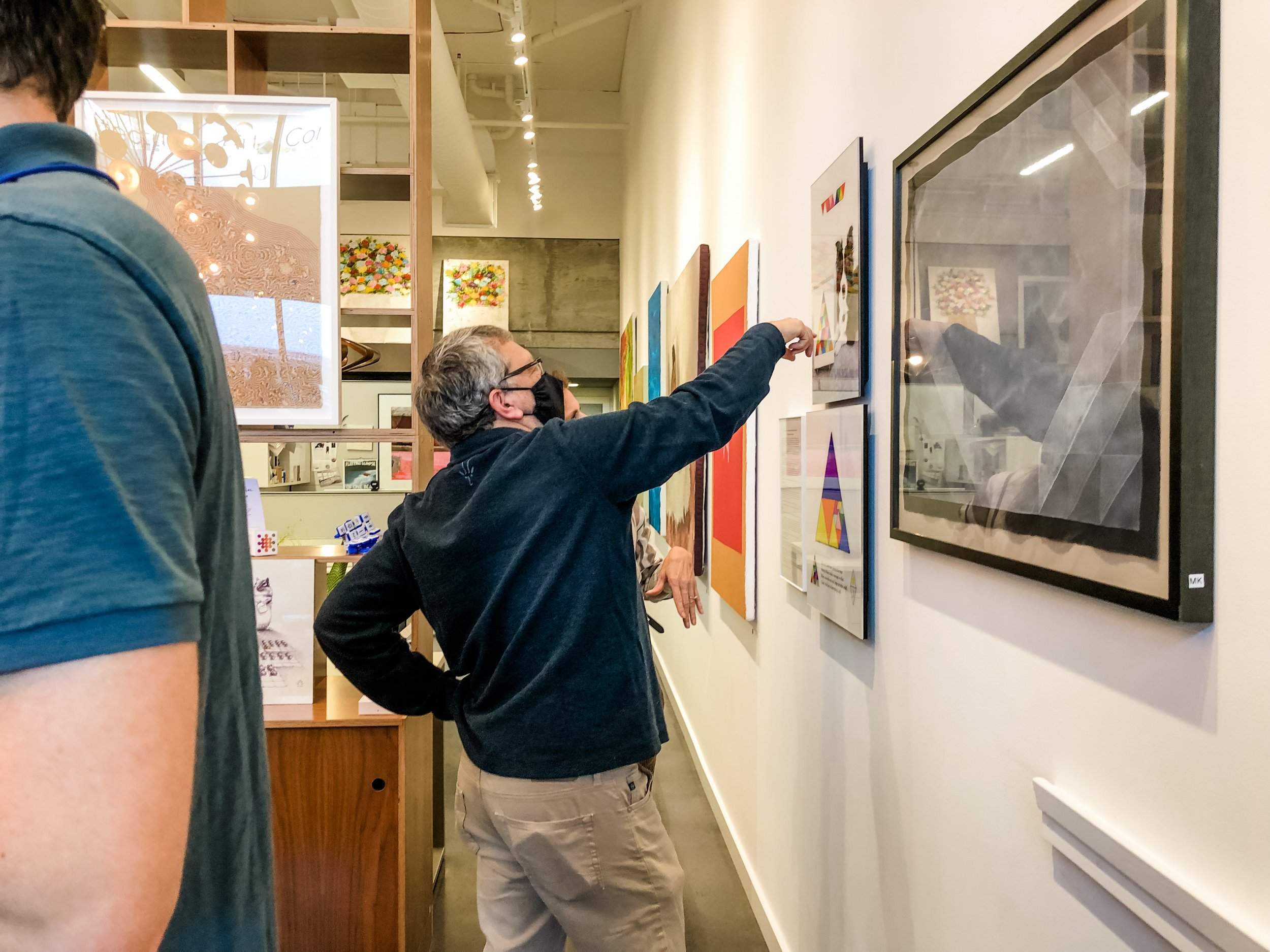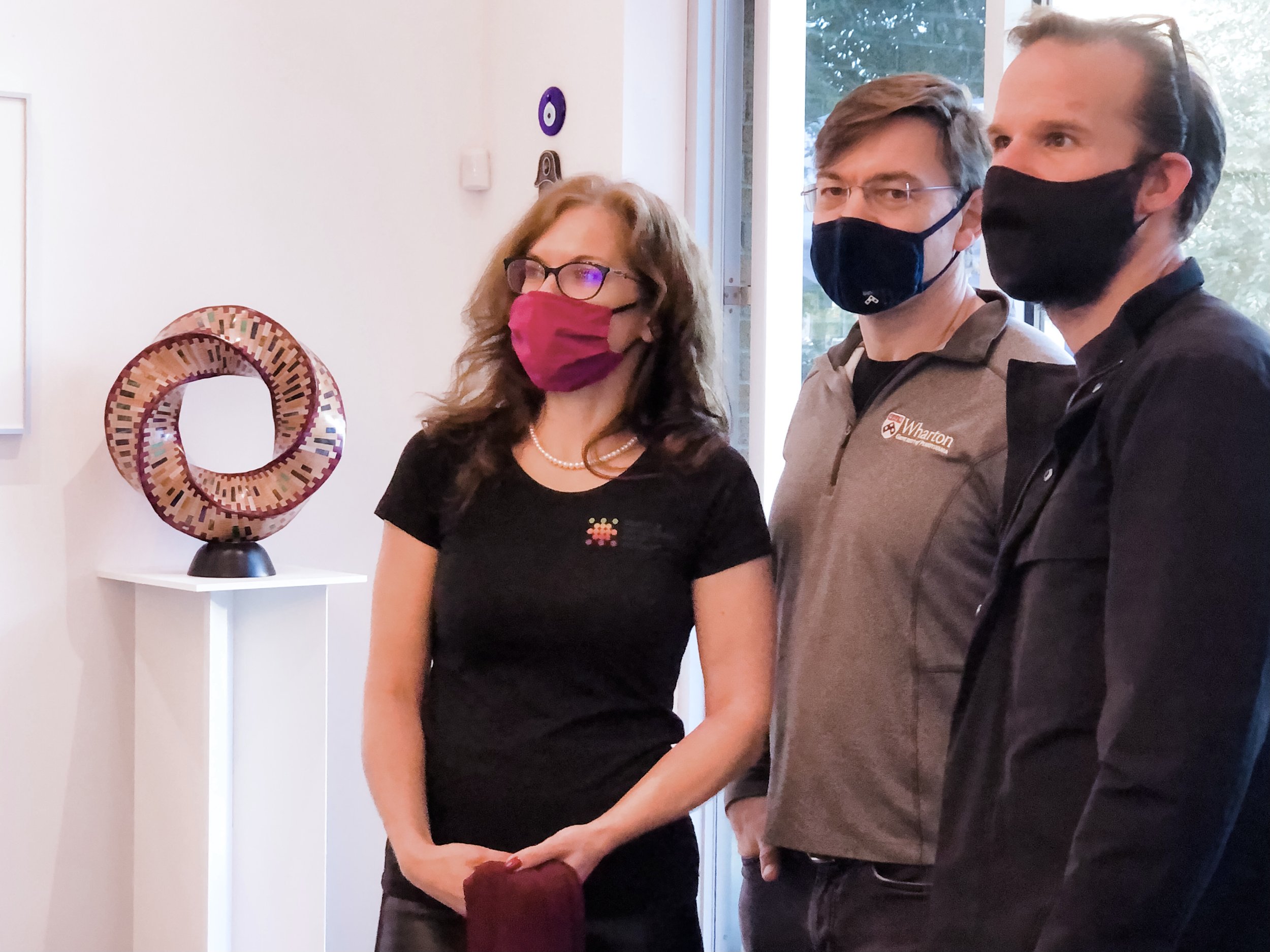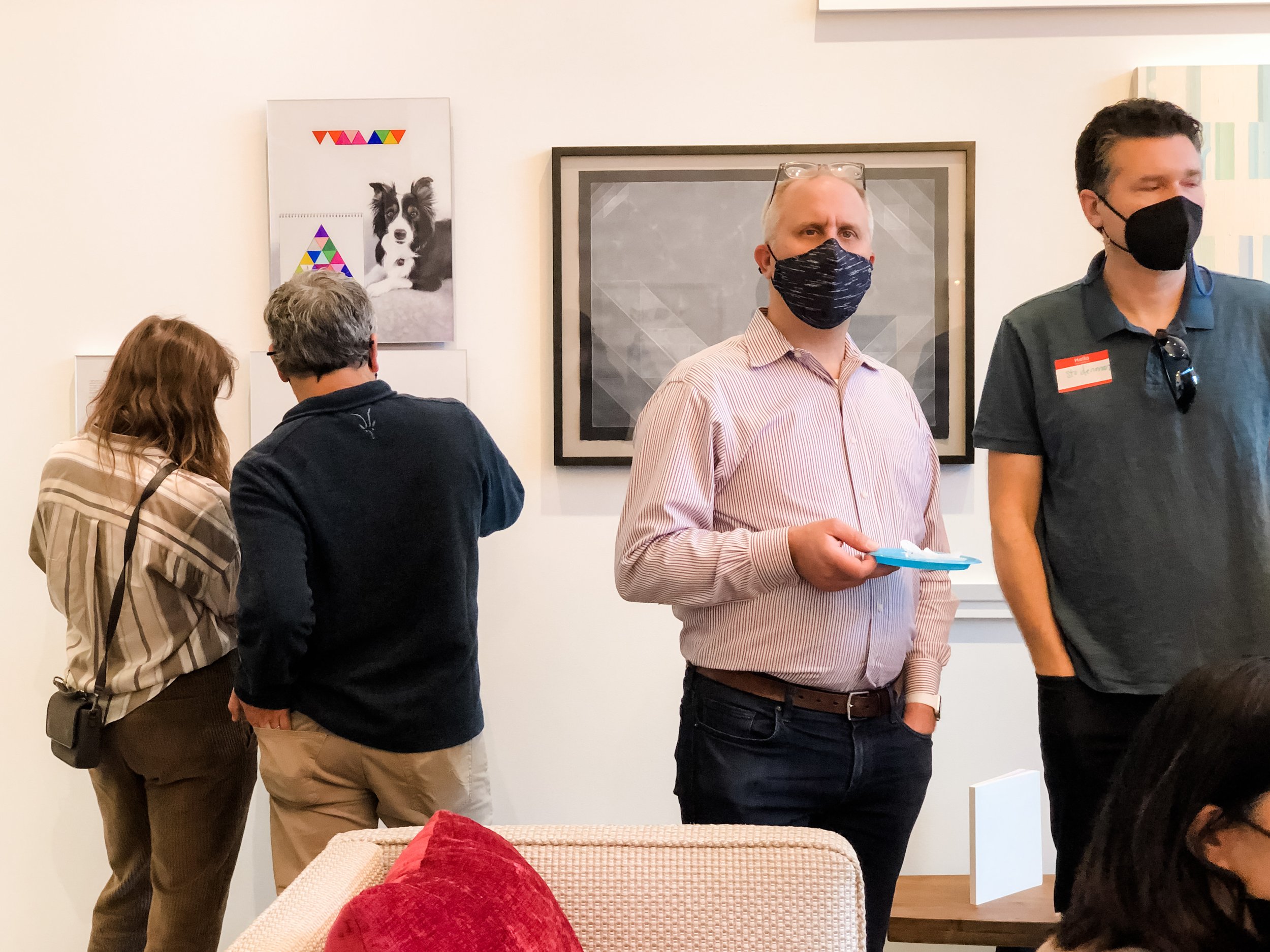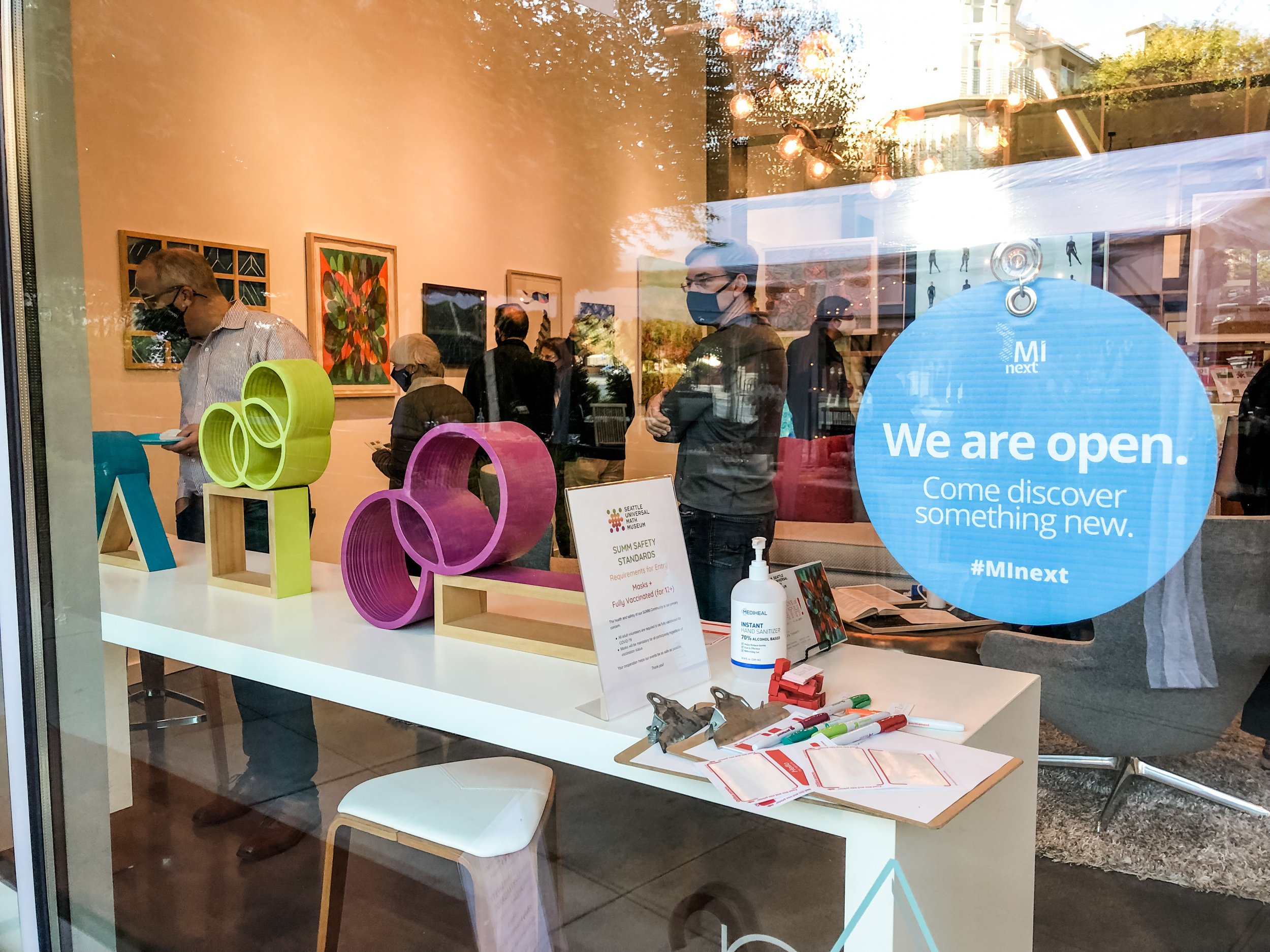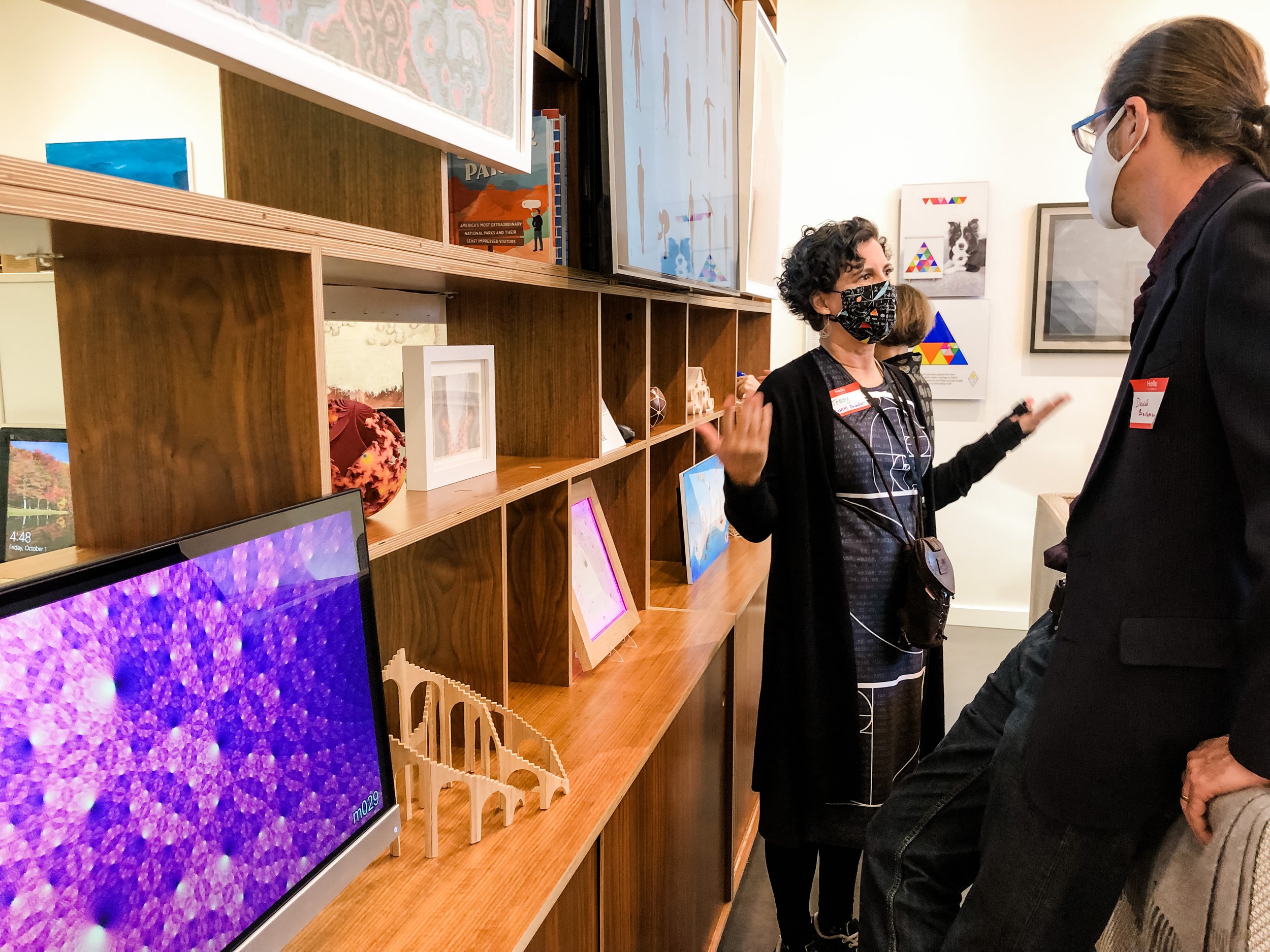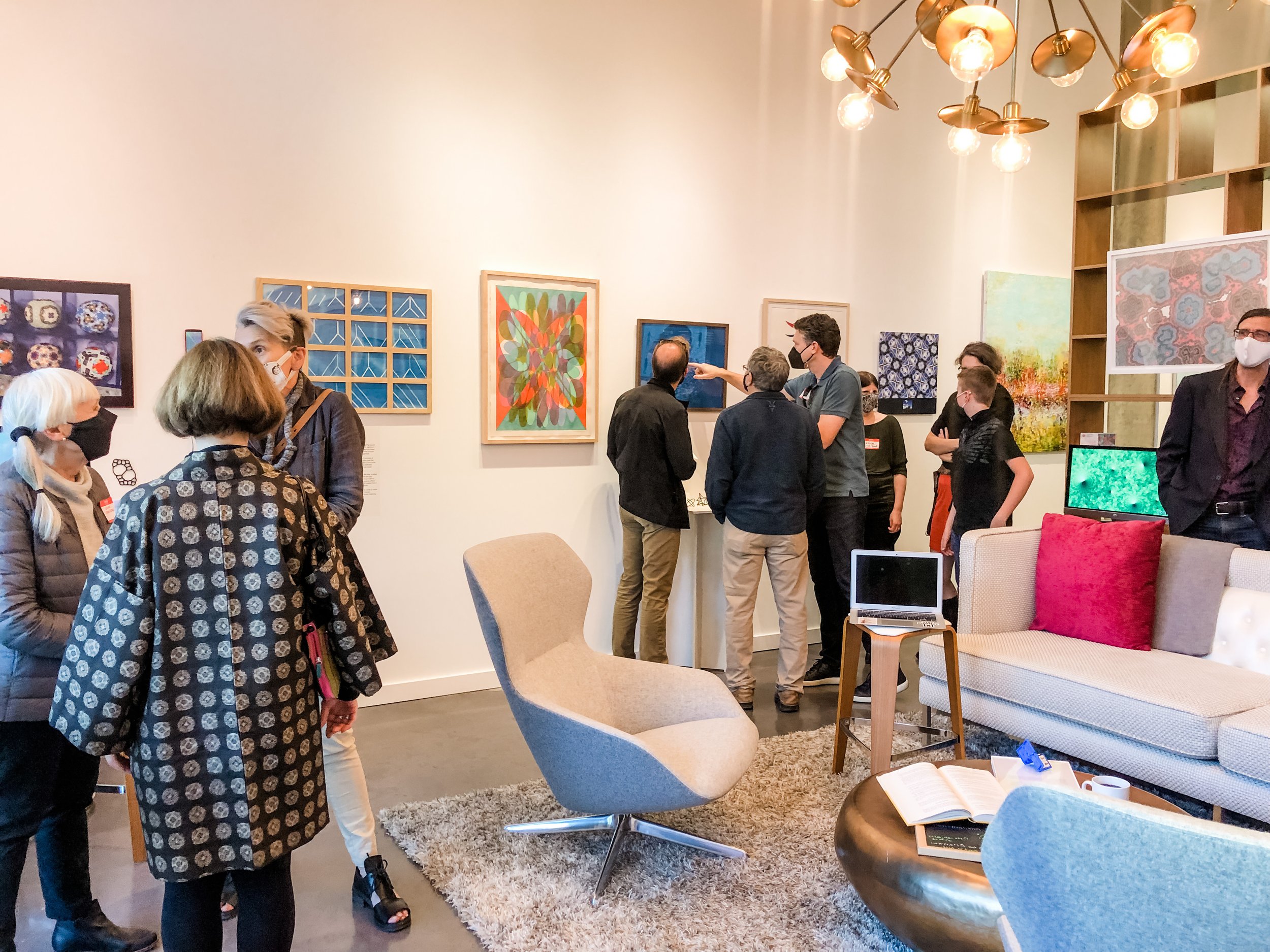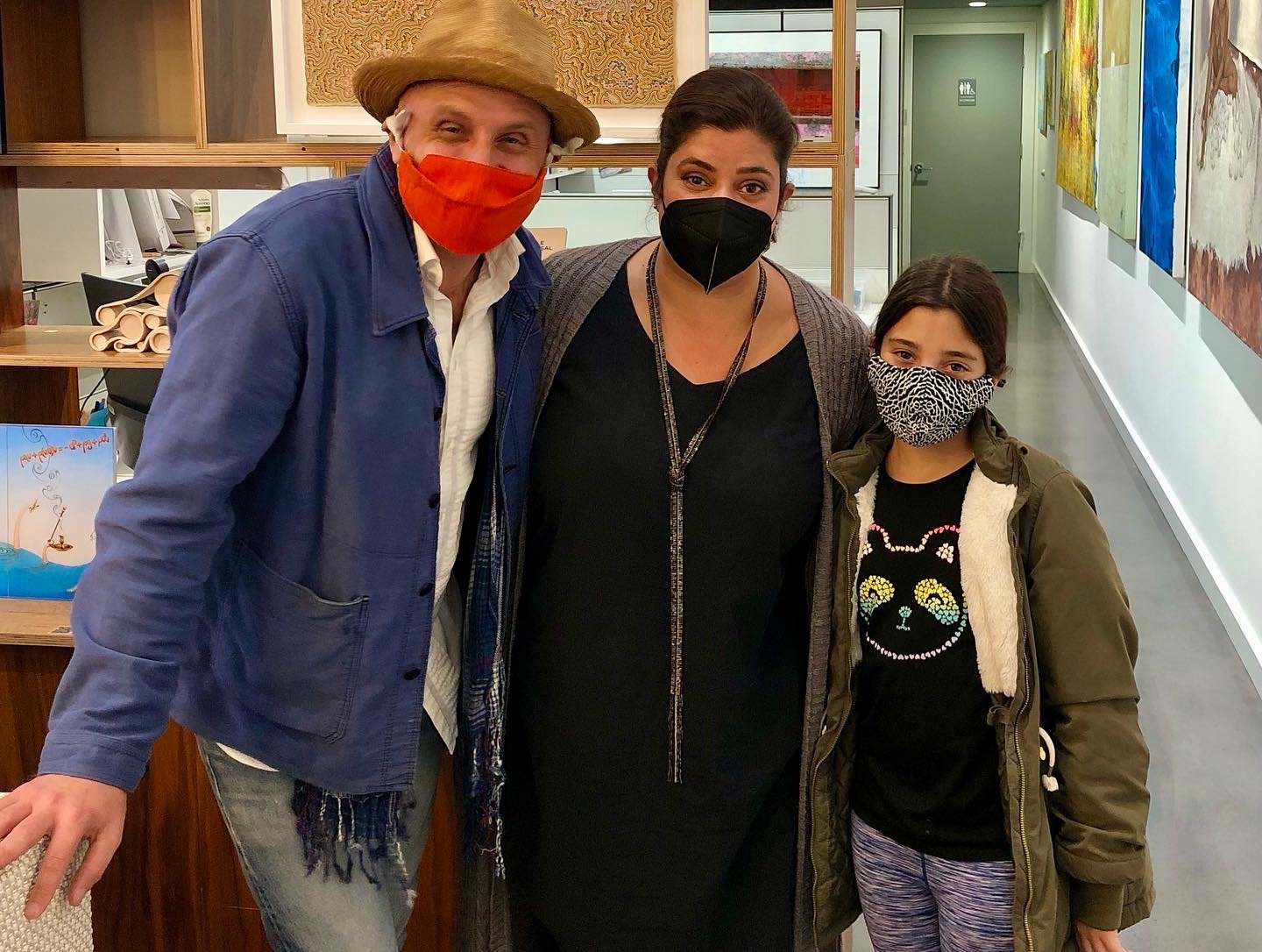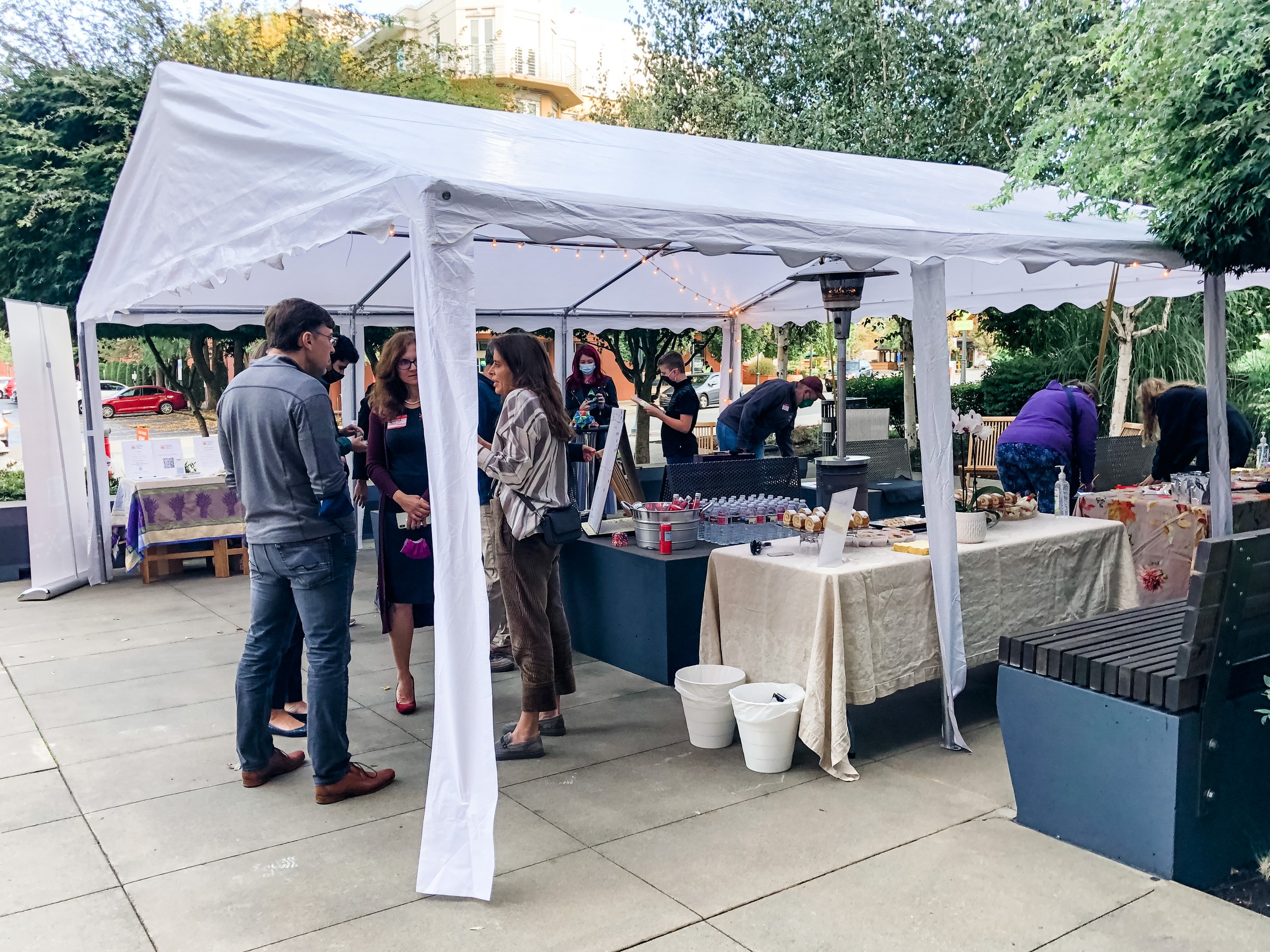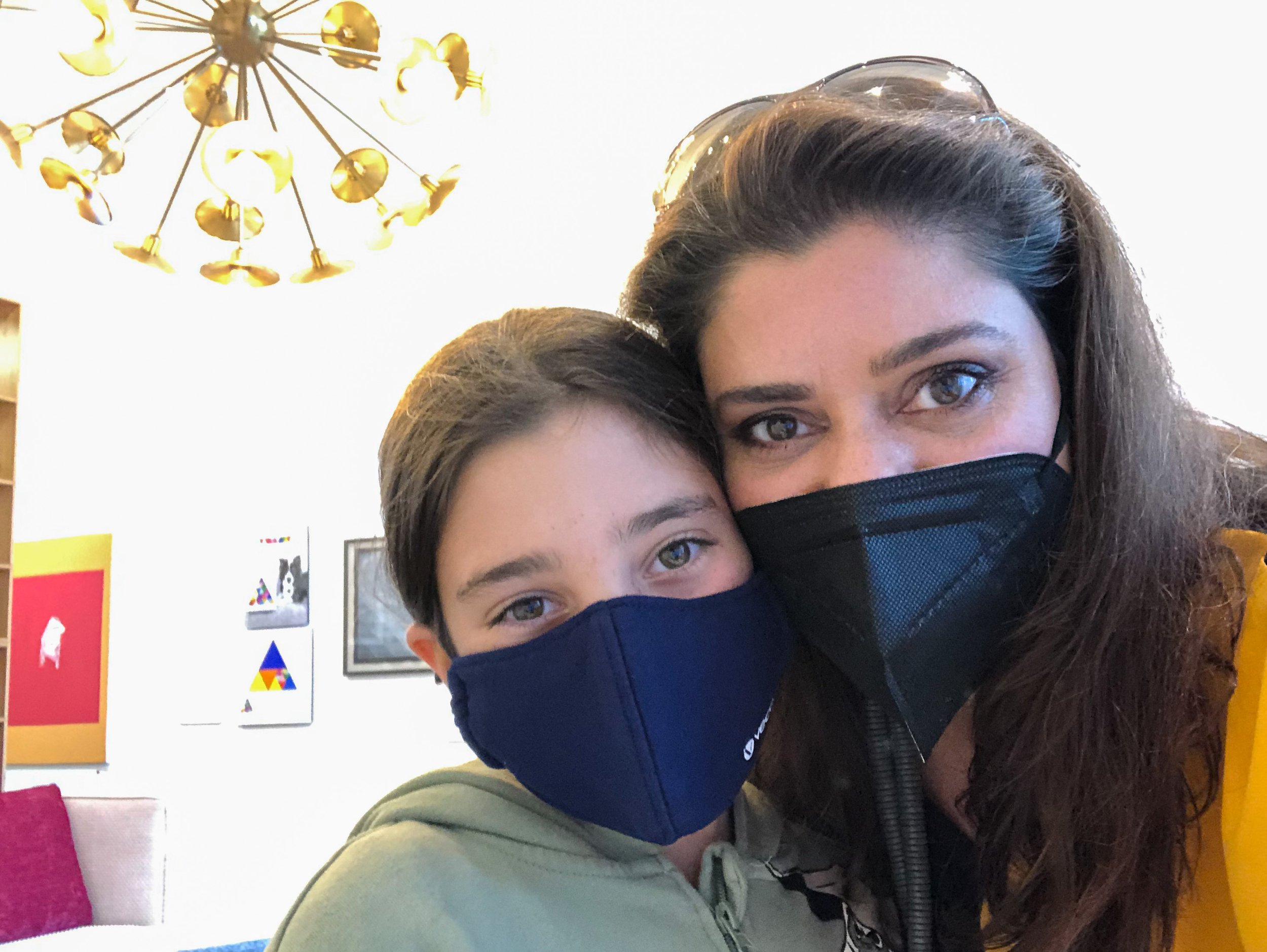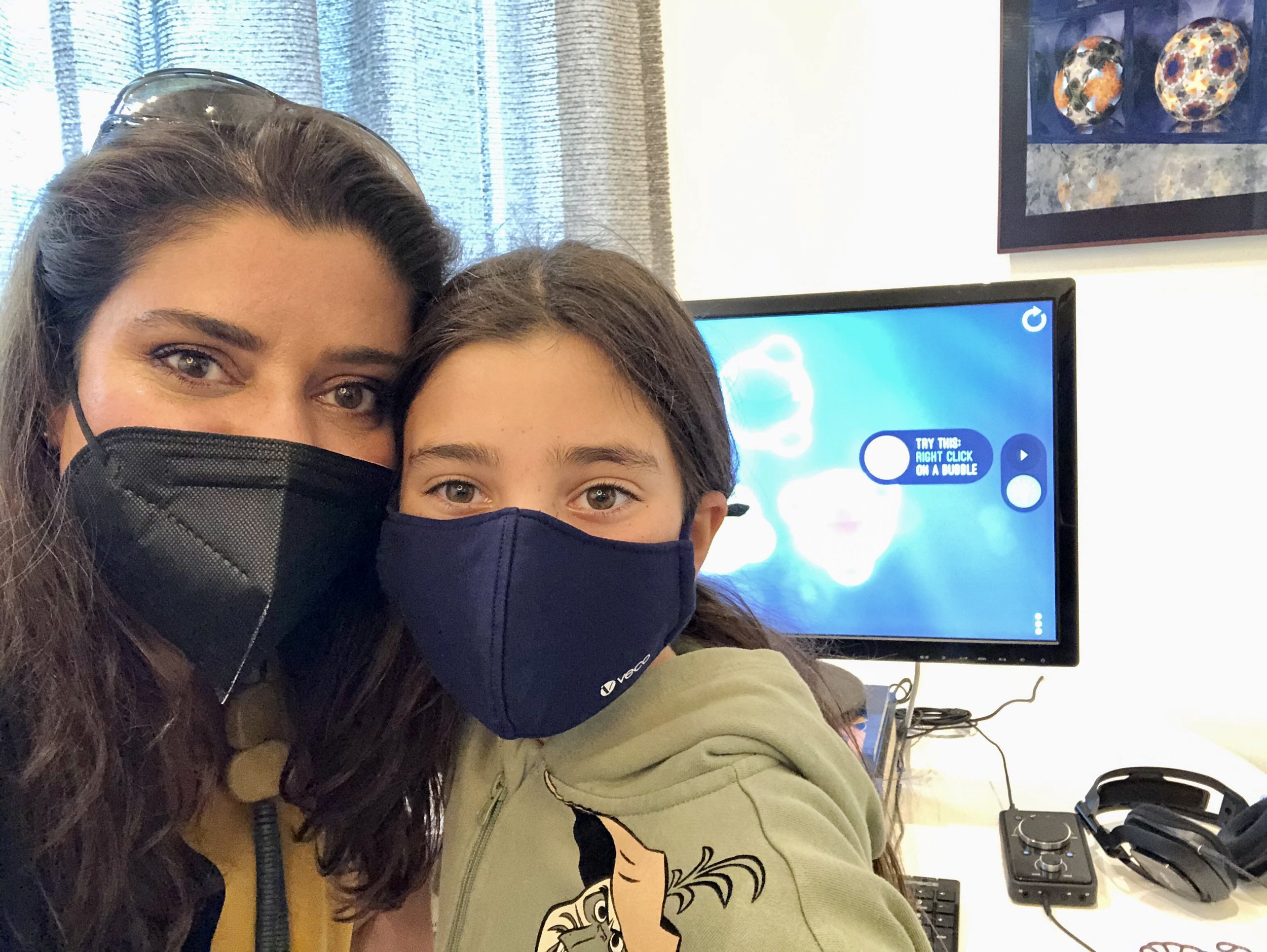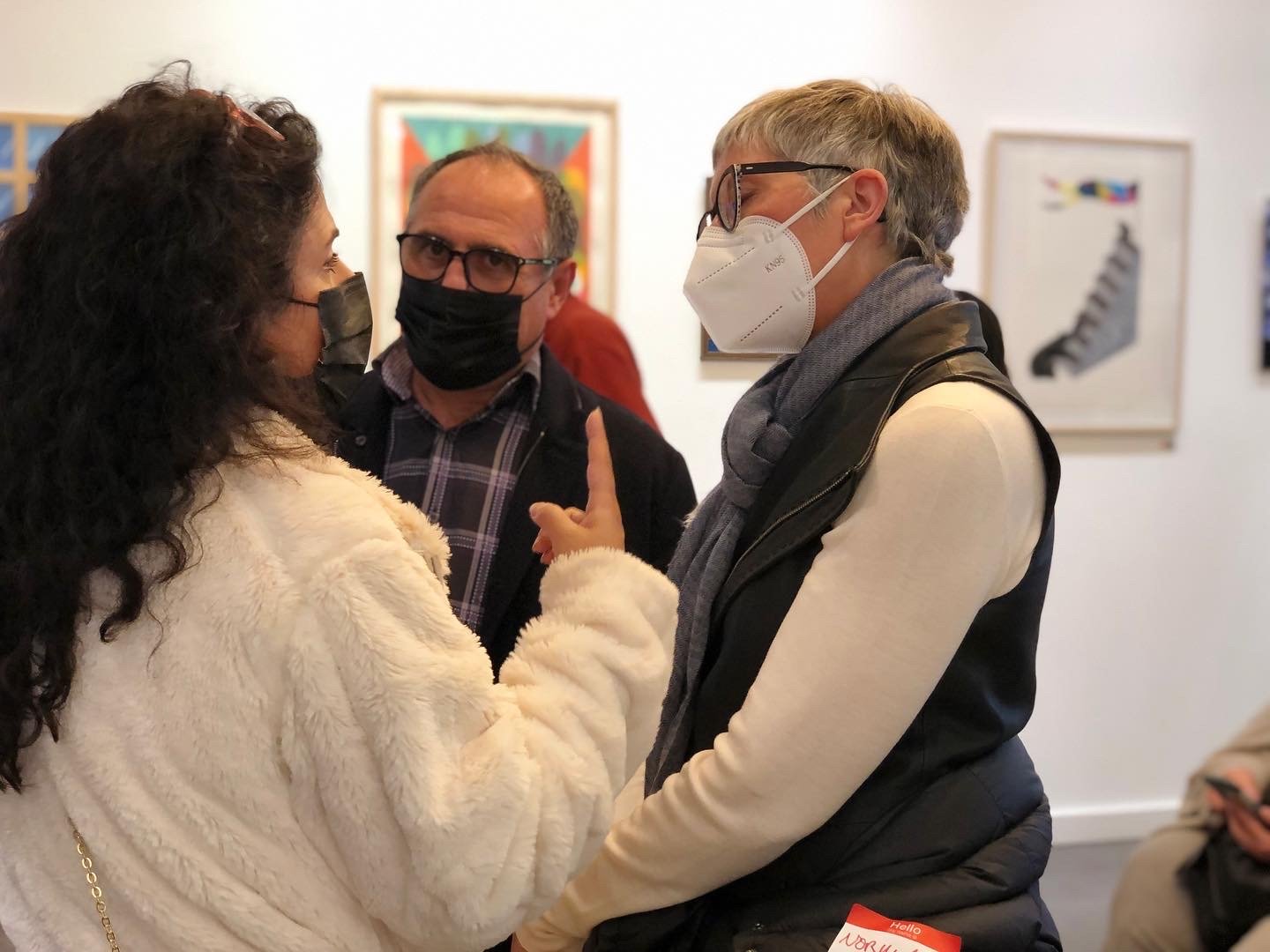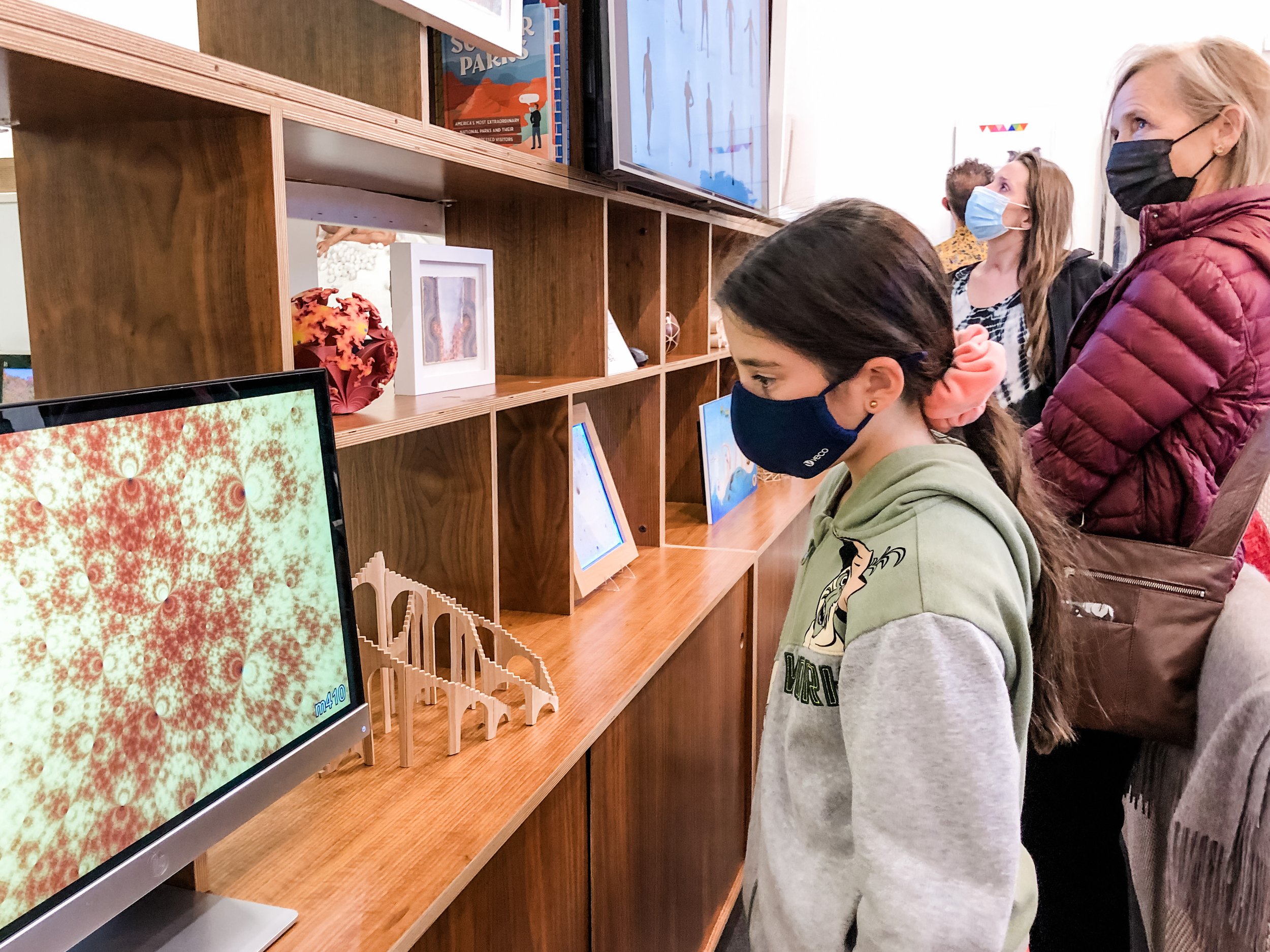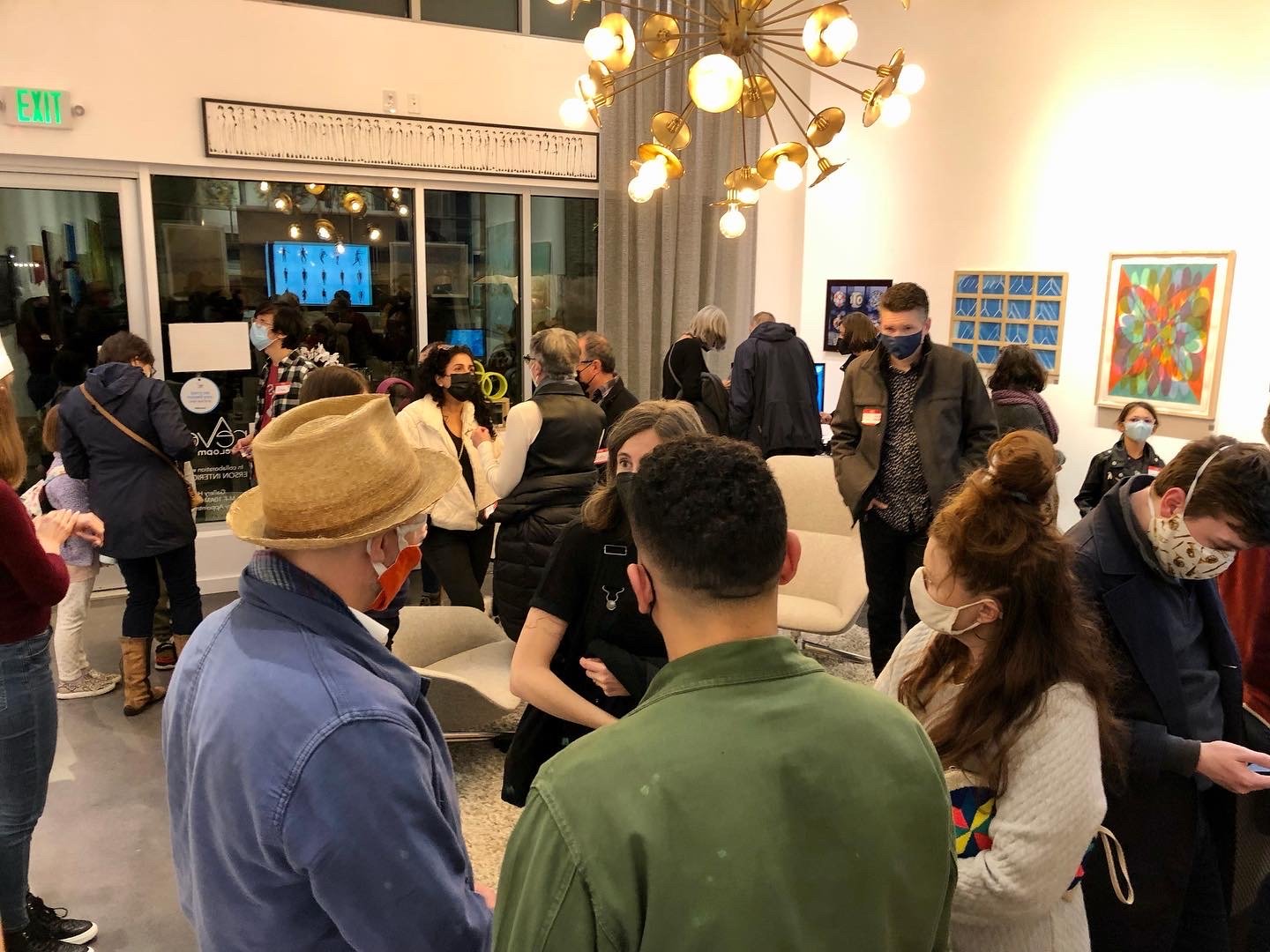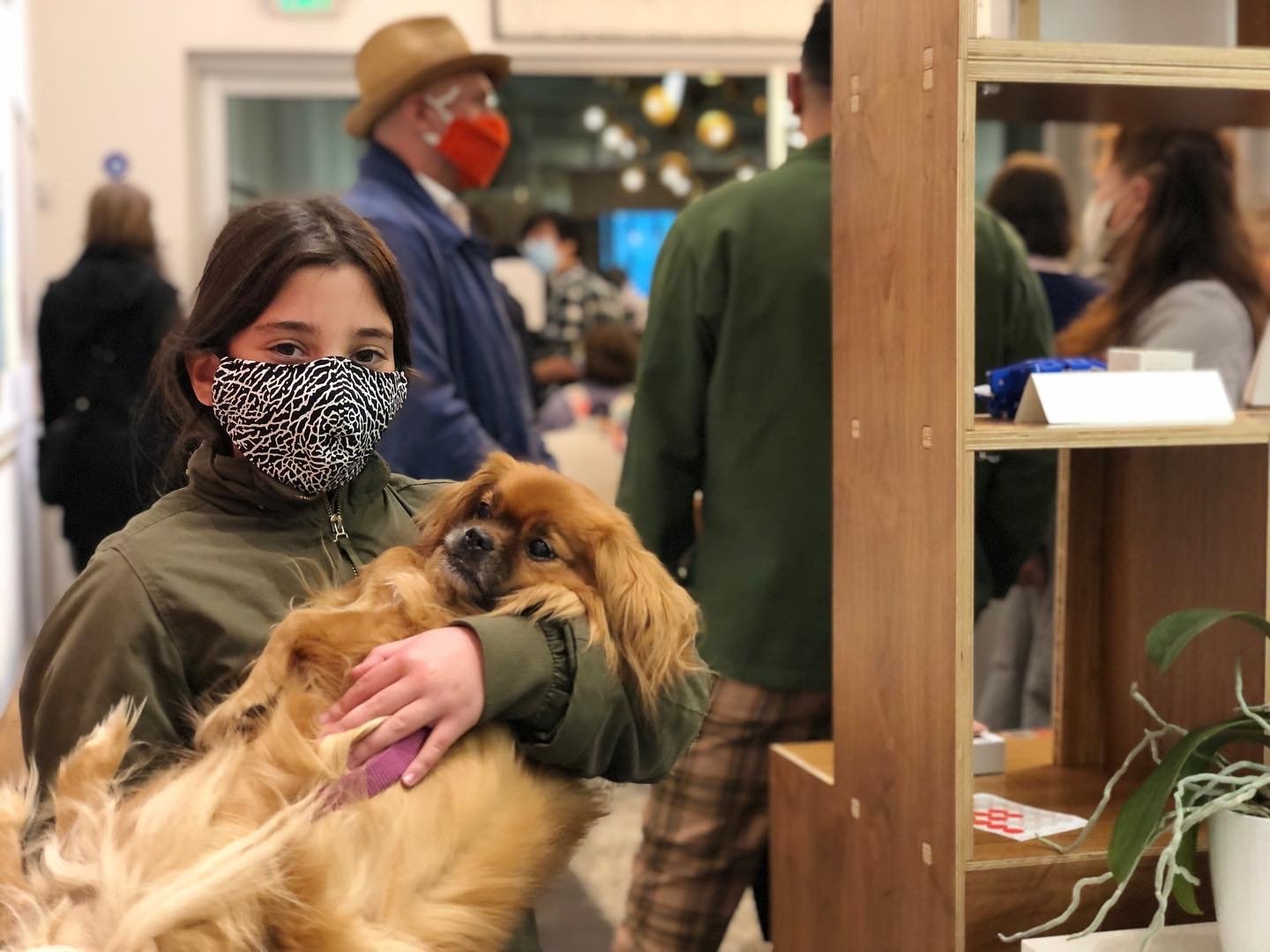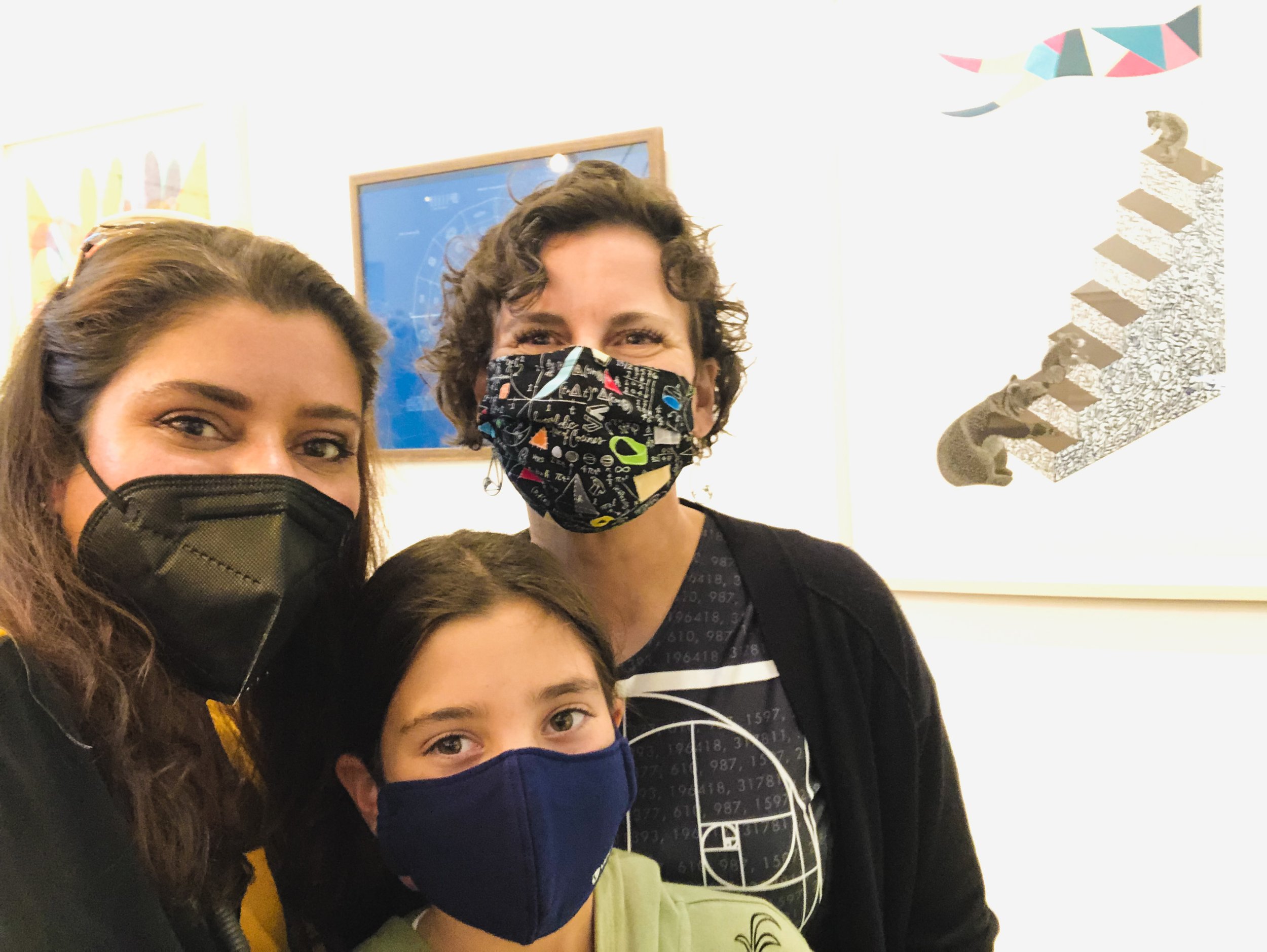Tiny Bubbles
Tiny Bubbles
By Stuart Denman with Paulette Denman (UX) and Kristoffer Larson (Audio)
Additional Design: James Hutt and Nico Prins
Interactive Digital Game using 2D Dry Foam Molecular Simulation (SUMM)
This relaxing logic game is about color mixing and matching, built upon a molecular-dynamics engine. The code simulates the physics of thousands of molecular forces using iterative math solvers and topological transformations. The game’s setting is a microscopic aquatic world.
My grandfather had tremendous influence over me as a boy, spending summers with him out in the woods of New Hampshire. I didn’t know until later that he was a rather well-known metallurgist at M.I.T. Cyril Stanley Smith studied clusters of soap bubbles because their structure was similar to that formed by crystalline grains of metal, under a microscope. In the 1950’s he published papers on his soap bubble research, becoming a pioneer in this field.
I couldn’t shake the thought that there must be a game somewhere in my Grandfather’s bubbles. The strange movement of foams needed to be played with to find out. After months of working with the math needed to simulate the molecular dynamics of soap, the first puzzle in Tiny Bubbles was born. Bubble clusters form a perfect balance between the air pressure inside each bubble pushing out and the surface-tension pulling the edges together like rubber bands. No more or less than 3 edges can ever meet at a vertex and are always separated by 120 degree angles. These are known as Plateau's laws.
While foams have these unusual properties, they are ingrained in our daily lives as humans. They cross boundaries of culture, gender, language and race. We see soap bubble foams every single day, whenever we wash our hands. And yet their incredible beauty and elegance are often lost to us, perhaps for this very reason.







